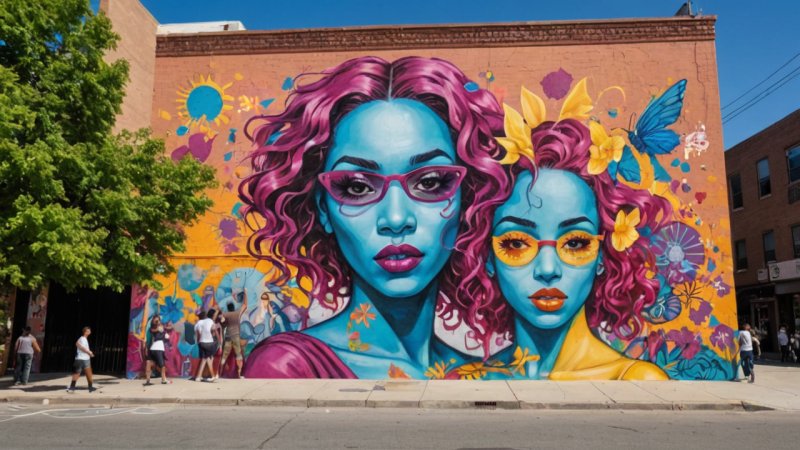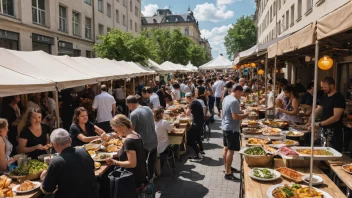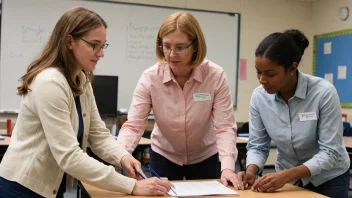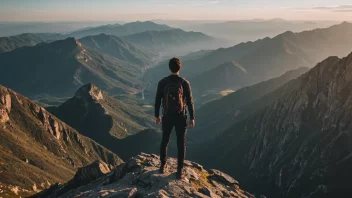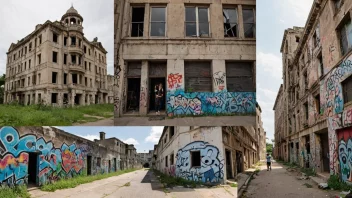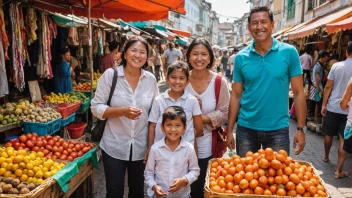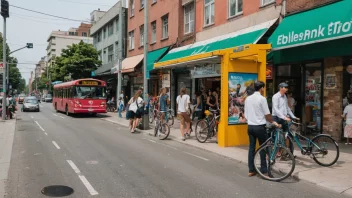Urban spaces are the beating hearts of cities, where culture, creativity, and community come together to form vibrant microcosms. As cities evolve, the role of art within these urban landscapes becomes increasingly significant, serving not only as a medium for expression but also as a catalyst for community engagement and social change. This article delves into the intricate relationship between art and community in urban environments, exploring how public art projects, community initiatives, and cultural events enrich the urban experience and foster a sense of belonging among residents.
The Role of Art in Urban Environments
Art in urban spaces transcends mere decoration; it is a reflection of the community's identity, history, and aspirations. Public art installations, murals, and sculptures serve as landmarks that tell stories about the people and places they represent. By engaging with these art forms, residents and visitors alike can connect with the cultural tapestry of the city.
Public Art: A Canvas for Expression
Public art can take many forms, from large-scale murals that cover entire buildings to subtle installations that blend into the surroundings. These artworks often address social issues, celebrate local heritage, or simply add beauty to public spaces. For instance, the famous street artist Banksy has utilized urban canvases to comment on political and social issues, stimulating dialogue among viewers.
Community Murals and Collaboration
In many cities, community murals have become a powerful tool for collaboration and expression. Local artists work with community members to create murals that reflect the neighborhood's identity and values. This collaborative process not only results in visually stunning artworks but also strengthens community bonds and fosters pride among residents.
Case Studies: Successful Urban Art Initiatives
Several cities around the world have embraced the intersection of art and community, resulting in transformative urban experiences. Here are some inspiring case studies:
1. Philadelphia's Mural Arts Program
Philadelphia is renowned for its vibrant mural scene, largely thanks to the Mural Arts Program, which has produced over 4,000 murals since its inception in 1984. This initiative not only beautifies the city but also involves local communities in the creation process. By providing training and opportunities for local artists, the program has successfully linked art with community revitalization, creating a sense of ownership and pride among residents.
2. Melbourne's Laneways
Melbourne’s laneways are a testament to the power of urban art in transforming neglected spaces into lively cultural hubs. These narrow passageways, once overlooked, are now adorned with colorful street art, attracting both locals and tourists. The city encourages artists to use these spaces to express their creativity, resulting in a dynamic and ever-changing urban landscape that reflects Melbourne’s diverse culture.
3. The High Line in New York City
The High Line, a former elevated railway turned public park in New York City, showcases how art can enhance urban green spaces. The park features rotating art installations, performances, and community events, creating a vibrant atmosphere that encourages social interaction and cultural engagement. The High Line exemplifies how art can transform urban spaces and foster community connections.
Art as a Catalyst for Community Engagement
Art has the unique ability to bring people together, transcending barriers of language, culture, and socioeconomic status. In urban settings, art initiatives can serve as a platform for dialogue and collaboration among diverse community members.
Creating Safe Spaces for Expression
Art provides a safe space for individuals to express their thoughts and emotions, particularly marginalized communities whose voices are often unheard. Initiatives such as open mic nights, community art workshops, and participatory art projects empower residents to share their stories and experiences, fostering understanding and empathy among diverse groups.
Art Festivals and Cultural Events
Art festivals and cultural events are powerful tools for community engagement, drawing people from various backgrounds to celebrate creativity and culture. These events often feature local artists, performers, and vendors, creating an inclusive atmosphere that encourages interaction and collaboration. Events like the Edinburgh Festival Fringe or the Venice Biennale not only showcase artistic talent but also stimulate local economies and bring communities together.
The Future of Art in Urban Spaces
As cities continue to grow and evolve, the integration of art into urban planning and development will be crucial in shaping vibrant, inclusive communities. Here are some trends and considerations for the future of urban art:
1. Technology and Interactive Art
With advancements in technology, interactive art installations are becoming increasingly popular in urban spaces. These installations engage the audience in unique ways, allowing them to become active participants in the artistic experience. Augmented reality, digital projections, and interactive sculptures can create immersive environments that enhance the urban experience.
2. Sustainability and Eco-Art
As environmental concerns grow, artists are increasingly incorporating sustainability into their work. Eco-art projects aim to raise awareness about environmental issues while beautifying urban spaces. These projects can include community gardens, recycled art installations, and eco-friendly murals, promoting a culture of sustainability within urban communities.
3. Policy and Funding for Public Art
Support from local governments and organizations is essential for the continuation and growth of urban art initiatives. Policies that allocate funding for public art projects, support artist residencies, and encourage community involvement can help sustain vibrant artistic expressions in urban spaces. Collaborative efforts between artists, city planners, and community members will be crucial in shaping the future of urban art.
Conclusion
The intersection of art and community in urban spaces is a dynamic and evolving relationship that enriches the cultural fabric of cities. Through public art, community collaborations, and cultural events, cities can foster a sense of belonging and pride among residents. As we look to the future, embracing innovative approaches to art in urban environments will be essential in creating inclusive, vibrant communities that celebrate creativity and diversity.
